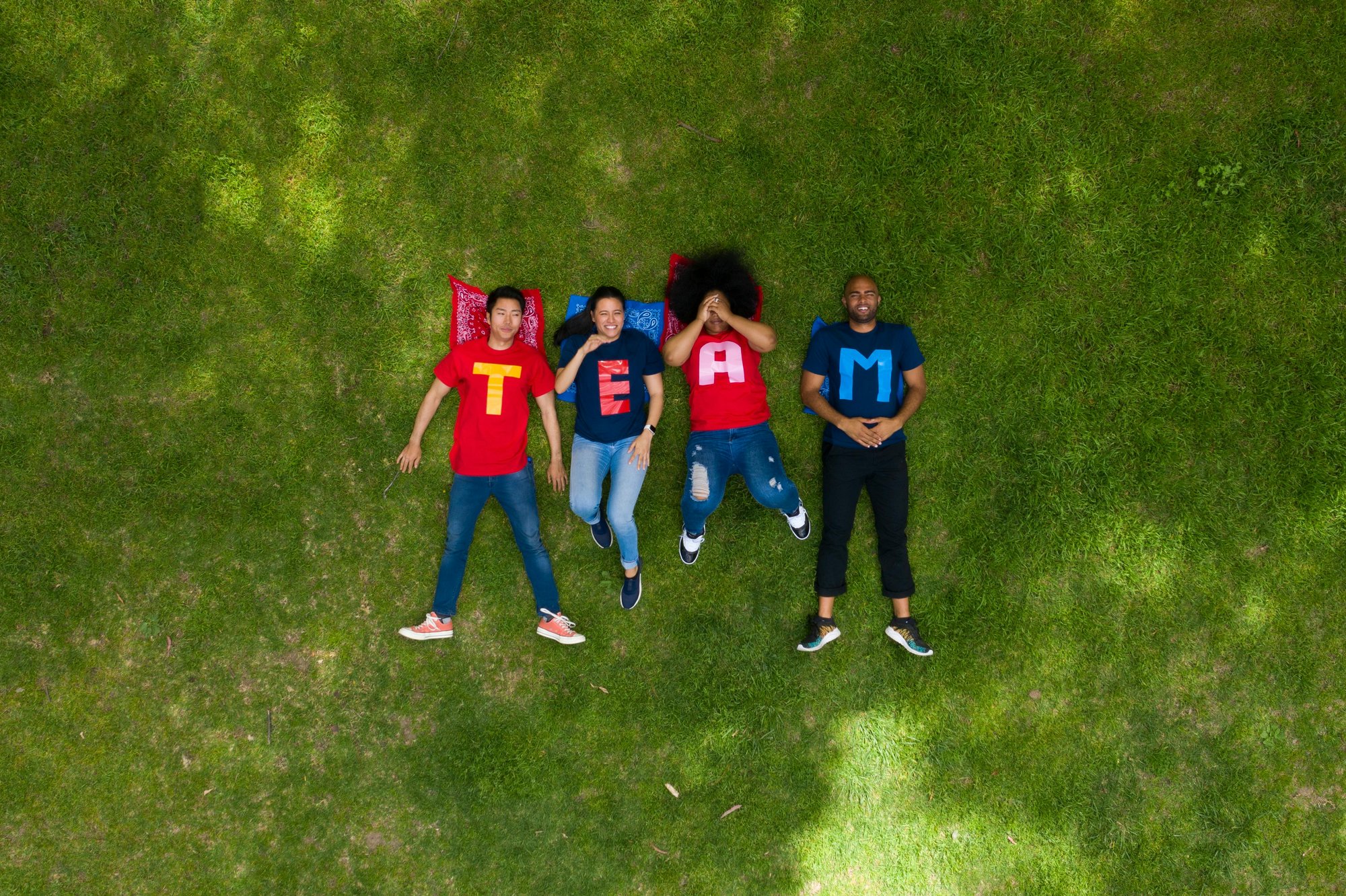Constructive vs. Competitive Interaction
The toolbox of Constructive Interaction
What are the outcomes?
- learn to recognize your typical expression strategies and have the opportunity to try new ones!
- gain the ability to make more conscious choices regarding your expression in the future.
- be able to create and maintain psychosocial safety in all interactions
- be encouraged to promote a culture of experimentation by embracing joyful mistakes.
- strengthen your empathetic and compassionate ability to put yourself in others' shoes and understand their reactions.
- learn to build and leverage authentic collaboration synergy.
- receive tools for giving constructive and empowering feedback.
- readiness to develop your own and others' work well-being and employee experience will grow.
- enable collegial learning, shared expertise, and a coaching approach through your actions.

Who is this for?
This training is suitable for all professionals who want to get more fun, synergy and results out of collaboration and contribute to creating a cooperative, solution-focused, intrinsically motivating, coaching, and genuinely experimental culture in their organization.
It is one of the five modules of our Culture Change program and can be used as a stand-alone training - or link it with other modules of your choice.

About the Content
We will immediately dive into the first axiom of a culture of experimentation: joyful failure – and its connection to consciously strengthening psychosocial safety. Right from the start, we will create a trusting and accepting environment within the training group, fostering a truly psychosocially safe culture.
We will begin by paying attention to our reactions in relation to others' input, active and passive listening, and our ability to be empathetically present for one another. As the training progresses, we will cover both the theory and practice of competitive vs. constructive interaction, learning to identify our own typical behavior patterns – and their contradictions/congruences with shared values and norms.
We will explore the concepts of blocking and acceptance, learning to make more conscious choices about our behavior in interactions. We will learn to recognize unintentional blocks and how to avoid them, accept each other's negative emotions, and thus build a more effective, cohesive, and safe organizational culture.

About the implementation
The training is conducted as a 1-month virtual group process, using Zoom and Howspace platforms. Each week, the group will meet via Zoom to review the themes and exercises for the upcoming week and reflect on the outcomes of the previous week. Work-based learning tasks will be assigned and reported on the Howspace platform, where reflective discussions will take place throughout the process.
Kick-off: joyful failure, team building, psychosocial safety, minimal feedback, active listening
Constructive vs. Competitive Interaction – either-or vs. both-and models, applying the principle of play, increasing flexibility in expression, breaking free from the poker-face syndrome
Unintentional Blocking and Cultural Barriers – learning to identify unintentional competitive expressions and consciously avoiding them
Shared Expertise – how to brainstorm effectively, avoid unnecessary conflicts, and create a fire-safe environment for collaboration synergy – final reflection and follow-up steps.
